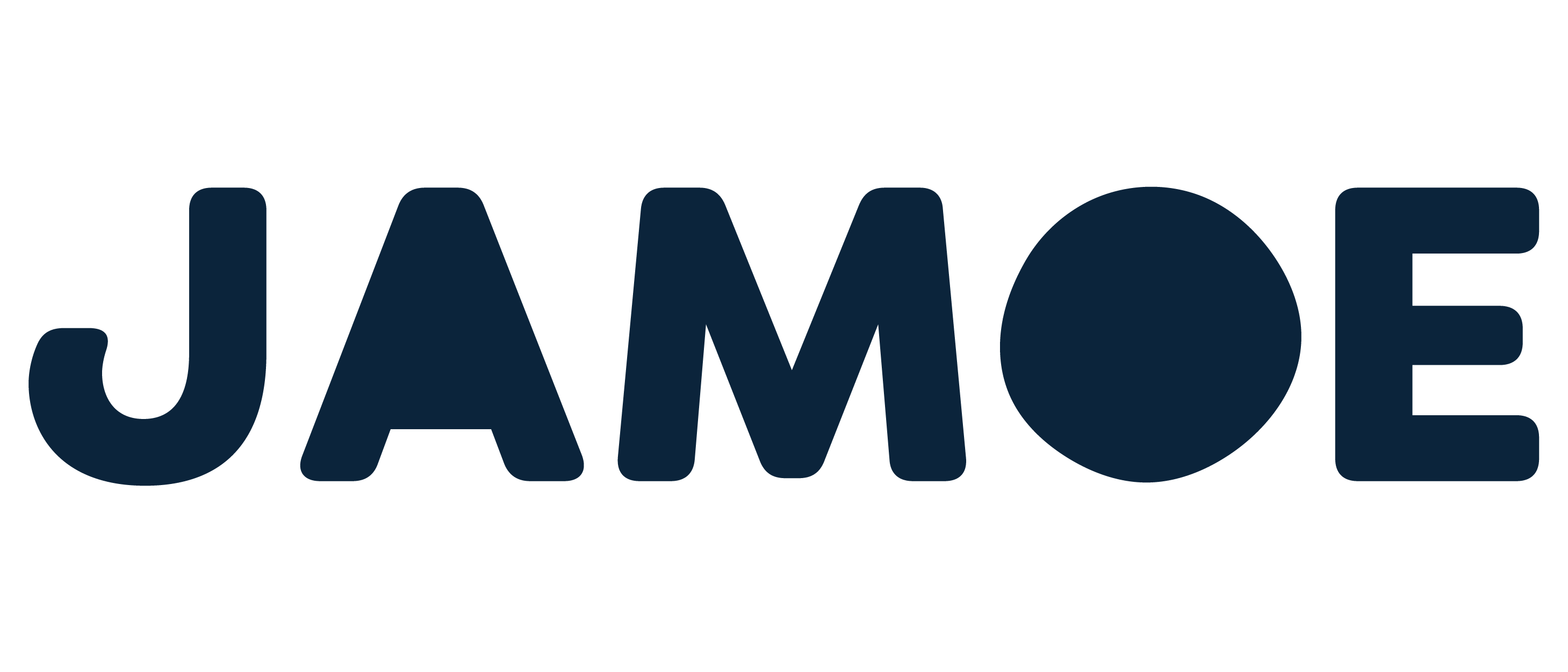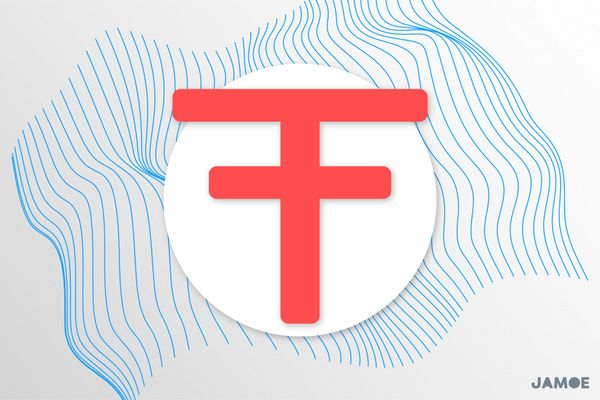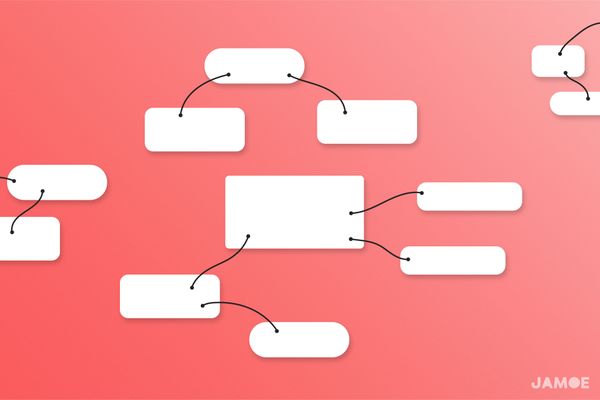Scoping: Creating Your Exam Success Guide
At a glance
- Based on the reader question: Exams always make me incredibly nervous because I'm always unsure if what I've been revising is actually going to come up. Do you have any advice on how to overcome this? And could you add some hints on how to get 100% in an exam? – Peter, Manchester, UK
- Reduce your exam anxiety with scoping. The technique will give you the confidence that follows from knowing you’re focusing on the things that matter. That means saving time, higher results, and less stress.
Introduction
The eleven-plus was the first exam I failed. The promise of a brighter future sees rows upon rows of eleven and twelve year olds gather in musty halls to take up this challenge, as success means gaining entry into one of the UK's selective secondary schools.
Seven years later, despite the knock back, I would go on to study Philosophy, Politics and Economics at Oxford University. Things worked out. What changed? My rejection letter was the exam's way of saying I was below average, but I realised that it was only a comment on my confidence, not my competence.
Sitting the exam was like playing a game I'd never seen before. Like games, understanding the rules is your best shot at winning. So that's what I did.
Below you'll find the exam survival guide I developed to decrypt the rules of various exams from GCSEs to A-Levels to the Oxford University entrance exam.
Being familiar with the rules of an exam means being certain that how you're investing your time will translate into a higher mark. That's the art of scoping.
With that confidence, the exam won't surprise you on the day, and you'll be able to study faster in the knowledge that you're focusing on what matters.
From our experience, not focusing on what matters is the main pitfall exam takers fall into. It bit me when I was eleven, and this article's goal is to make sure it never bites you.
Basics for getting the majority of the marks in an exam
Adopting these basic habits will ensure your time is focused on learning the material that will come up in the exam.
By scoping what you need to learn, you'll be able to focus on what's important, which makes the whole learning process much easier, as you'll know what to pay attention to.
Start with the exam questions and work backwards
When you start learning a new topic for an exam, find an exam paper. Most schools do this backwards. They'll teach you all the content and then, when exam season looms, you'll be handed a past paper, which causes panic.
While it's true, you did go over this content, you'll have no idea how to use it to answer a question. That's why it's best to start with the exam paper. Reading over the questions will prime you to hunt for the relevant information as you start learning the curriculum.
Having had great success with this approach, it would be later that I would learn why it's more effective. This question-first approach is part of active learning, while before I was using passive learning without realising it.
Active learning is all about applying and recalling information. That effort is like lifting weights, and makes your understanding and ability to remember new information easier.
Passive learning is when you fail to apply what you're learning. Without applying it, you won't know what's important, making it harder to understand and remember.
For example, what is a simple technique you can use to learn actively?
If you thought asking yourself a question, that's right. If not, then you may have been reading passively, so this technique might have slipped by you.
Other active learning techniques we recommend that accompany this question-first approach are the Feynman Technique and Spaced Repetition.
Make the syllabus your checklist
The syllabus was written by the examiners. By reading through it, you'll have the extra confidence that comes from knowing you're focusing your study time on what matters.
When you read through your revision guides, lesson notes or past paper, you'll have faith that the roadmap the syllabus outlines is the best one to follow.
Of course, you could blindly trust that what you're learning is per the syllabus, but there's an unintuitive benefit that comes from seeing it for yourself: it makes what you're learning stickier.
You'll then be able to break down what you're learning into smaller, manageable chunks, and systematically go through them. That way, you'll avoid biting off more than you can chew, and be able to quickly see where you need to invest more time.
For a guide on doing this, you can see the Retrospective Revision Timetable article we wrote on how to translate the syllabus into a study checklist.
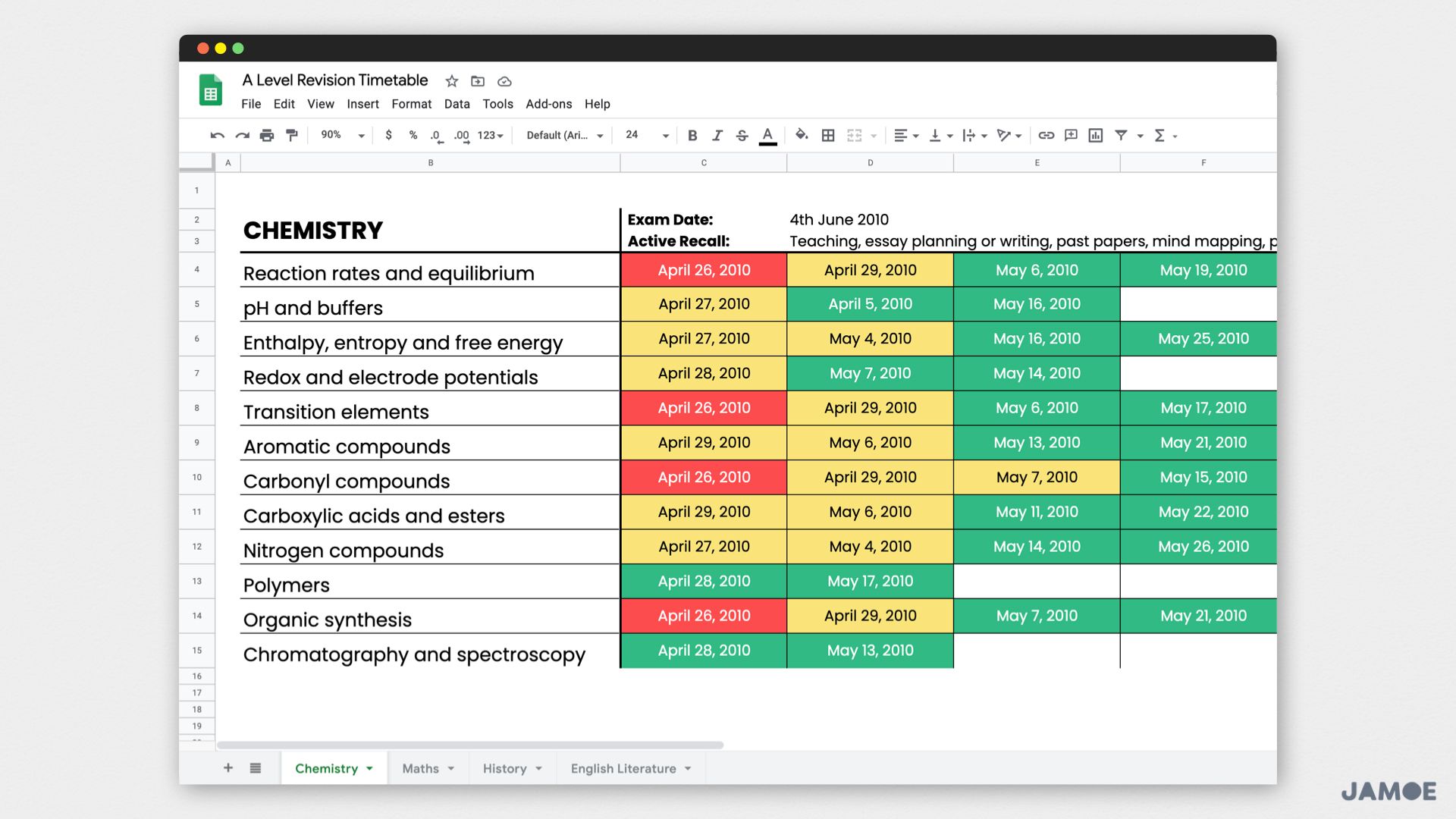
Make sense of the mark scheme
The exam questions will show you how you'll need to apply your knowledge. The syllabus will tell you what you need to know.
However, understanding the mark scheme will allow you measure the quality of your answers, and see opportunities for growth.
Your goal here is to be able to examine yourself. If you want a great mark, you'll have to understand what great looks like. One of the reasons the Feynman Technique is so powerful is because it exposes what we don't know, which is often a tricky thing to realise.
By understanding what great looks like, you'll be able to see the gaps in your own work. For the sciences, this is straightforward up until university. Most mark schemes give you the model three points you need to write to be awarded all three marks, for example.
Understand why these three points are the correct answer, and then practice these until they become second nature.
The humanities are more fiddly, especially when completing a subjective writing task like an essay. For these sorts of questions, you'll need to understand how the marking bands work, effectively becoming your own teacher.
My preferred way to retain what great looks like is to have two answers to a question. One is a good answer and one is a great answer. Seeing them side-by-side allows me to understand the elements that make an answer stronger or weaker.
Take this example from when I was preparing for my Oxford entrance exam. Here I was refining my essay writing technique, so I could make a more competitive application.
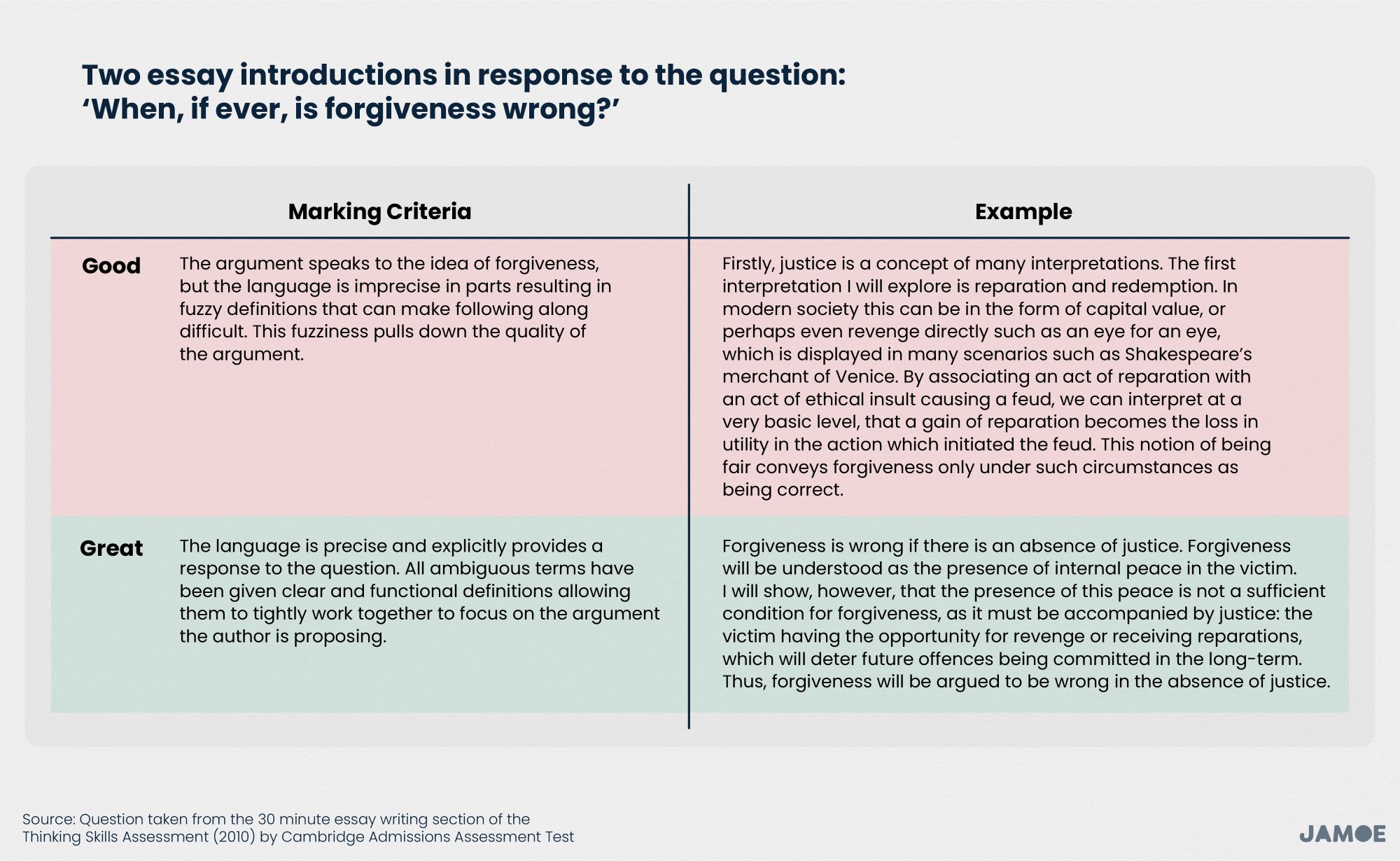
Writing your own examples, working with a friend, corroborating them with a teacher, you can use all of these approaches to hone your understanding of what a top answer looks like.
How do you know if you've succeeded? When you receive your marked practice paper, and you aren't surprised by the outcome. You should, based on what you wrote, know exactly what mark you'll get.
If you don't, then you don't fully understand what buttons you need to press for a top mark, so you'll need to practice more.
Mastering this makes getting the mark you want intentional rather than accidental.
Advanced: Pushing for 100%
Getting 100% in an exam, especially before university is possible.
Here are the three habits I adopted to help me achieve this:
- Flip your perspective: Getting a B on an exam means that you know 70% of the material. Looked at another way, it also means that almost 1 in 3 questions were answered wrong. Use that to motivate you to close your knowledge gaps. Measure your performance based on what you don’t know, not what you do know.
- Examiner reports: examiner reports can be found through your exam board or university website. These reports detail common pitfalls students make along with how to exceed expectations. If you’re aiming for a 100%, then reading these will push your understanding of what you’re aiming for even further.
- Wisdom cards: When practicing questions, make a note of the ones you’re getting wrong. Then create a flash card with the question on one side and a model answer on the other. That way you can reaffirm the ideal answer, and cut out any silly mistakes. Adding these to your Spaced Repetition system will also help you remember these lessons.
"You can never make the same mistake twice because the second time you make it, it's not a mistake, it's a choice."
– Steven Denn
Conclusion
Measure twice, cut once. By deconstructing an exam paper, you’ll have the confidence to move faster through your learning and avoid freezing up on the day.
Plus, you’ll have more time to chill and have fun because you won’t be worried that you’ve missed something. That freedom will allow you to follow your intellectual curiosity, which tends to lead to great ideas.
As for working in the 21st century, being able to deconstruct unfamiliar problems like this is one of the most requested skills by hiring managers, and is often called learning agility.
Many of our greatest challenges are unprecedented, so practicing and apply this skill will serve you well for your exams and beyond.
This article is part of the Redraft newsletter, where we answer reader questions. Submit your question here or subscribe for free.
Learn faster. Think deeper. Stress less.
